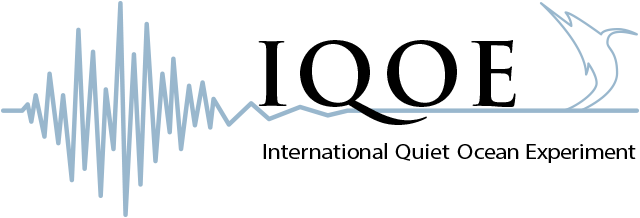Sounds are omnipresent in the underwater environment and can be produced by natural (waves, weather, animals) and anthropogenic (shipping, construction) sources. There is an increasing concern about the possibility of negative effects of anthropogenic underwater sound on marine fauna. The Marine Strategy Framework Directive (MSFD: 2008/56/EG) requires all EU Member States (MS) to reach or maintain Good Environmental Status (GES). GES is described in 11 Descriptors and all the MS must set criteria and methodological standards for each Descriptor in their marine strategies. The MSFD explicitly encourages regional co-operation between member states. Descriptor 11 focuses on introduction of energy in the marine environment, including underwater sounds. It describes two indicators: loud, low and mid frequency impulsive sounds (11.1.1); and continuous low frequency sound (11.2.1), widely referred to as “ambient sound”. Ambient sound arises from both natural and anthropogenic sources. Current noise levels in European marine waters and their impact on the ecosystem are largely unknown. The aim of this project is to develop a framework for a fully operational joint monitoring programme for ambient sound in the North Sea. Outputs will be the tools necessary for managers, planners and other stakeholders to incorporate the effects of ambient noise in their assessment of the environmental status of the North Sea, and to develop measures to improve the environment.
